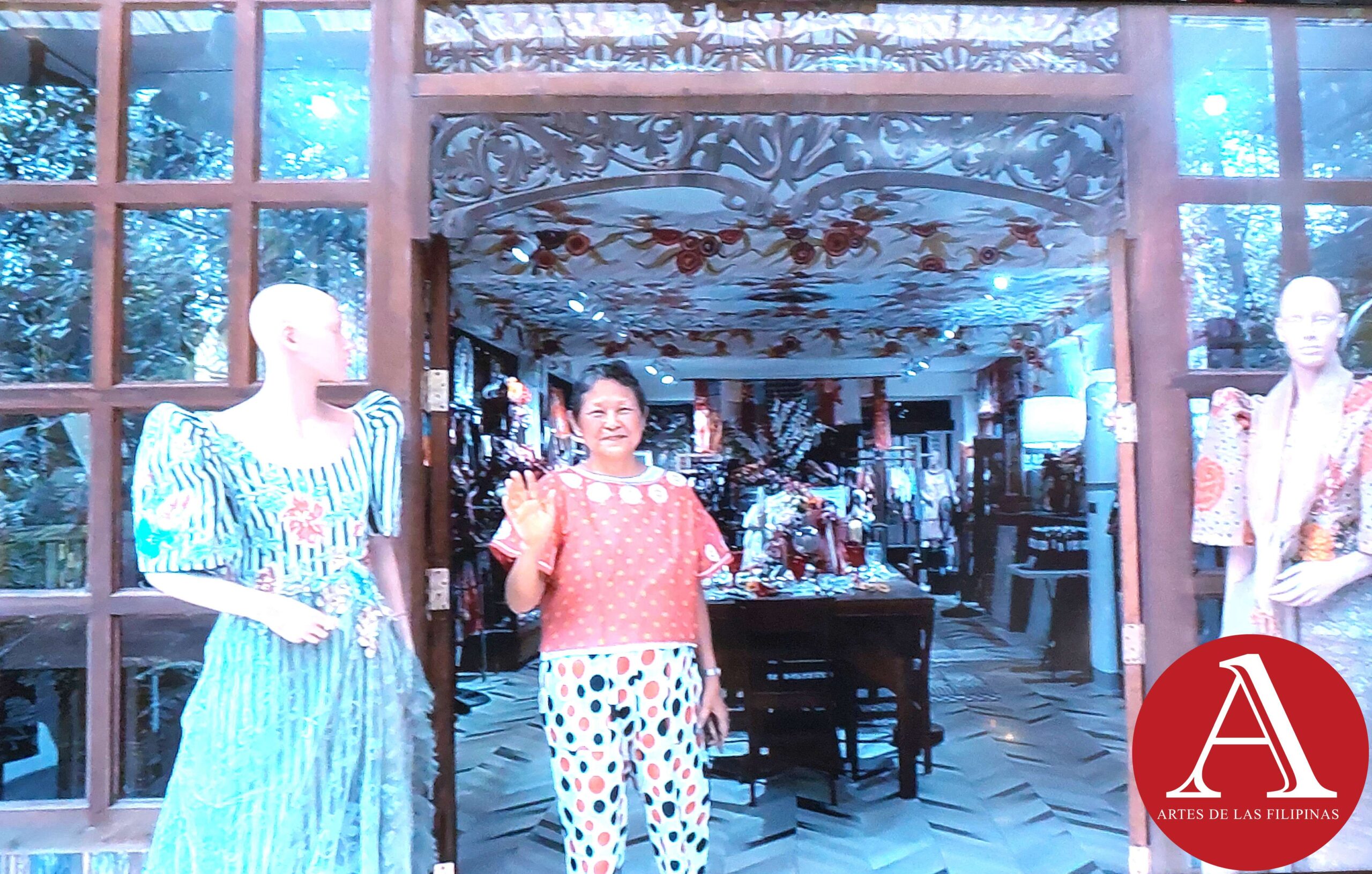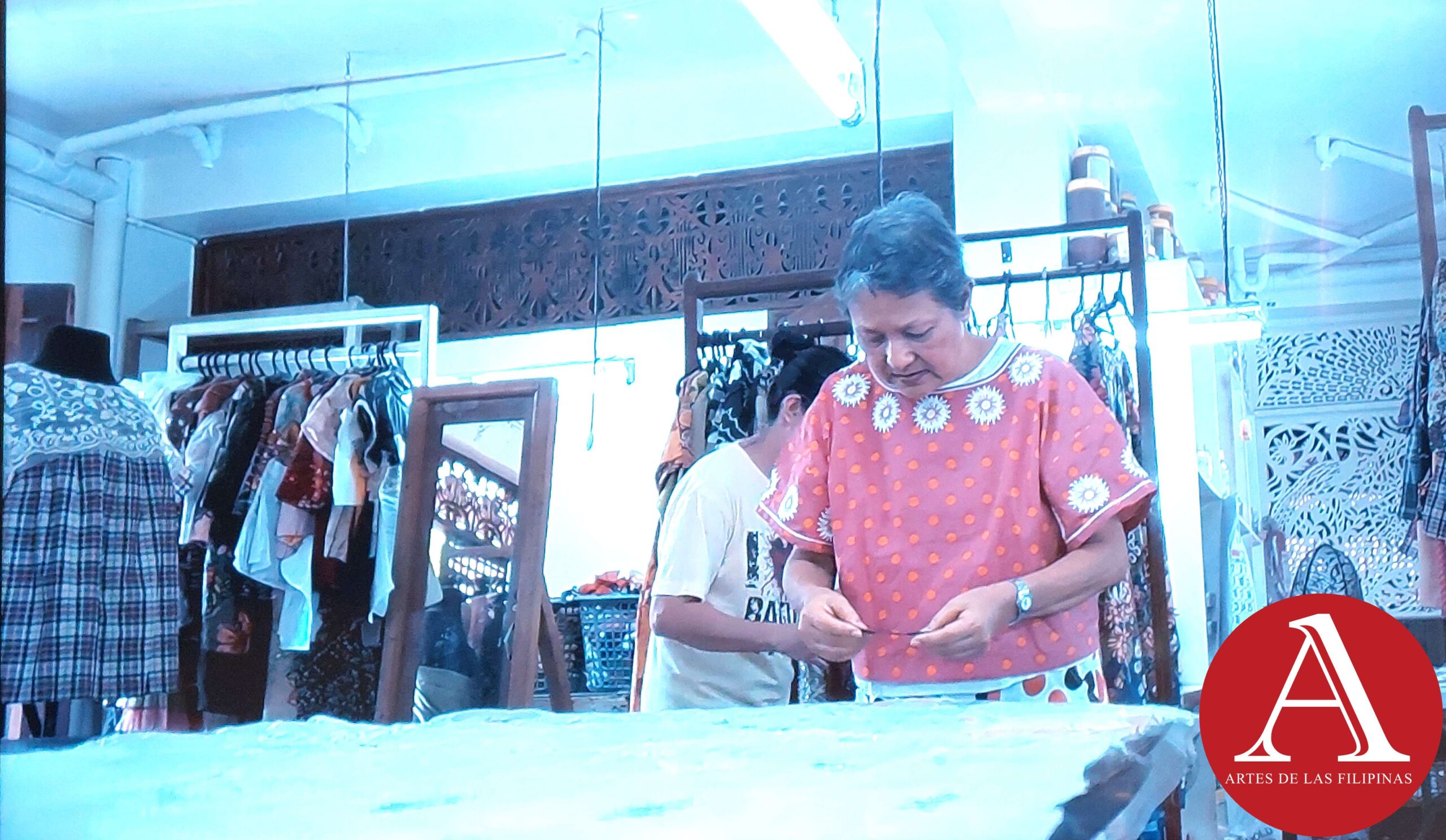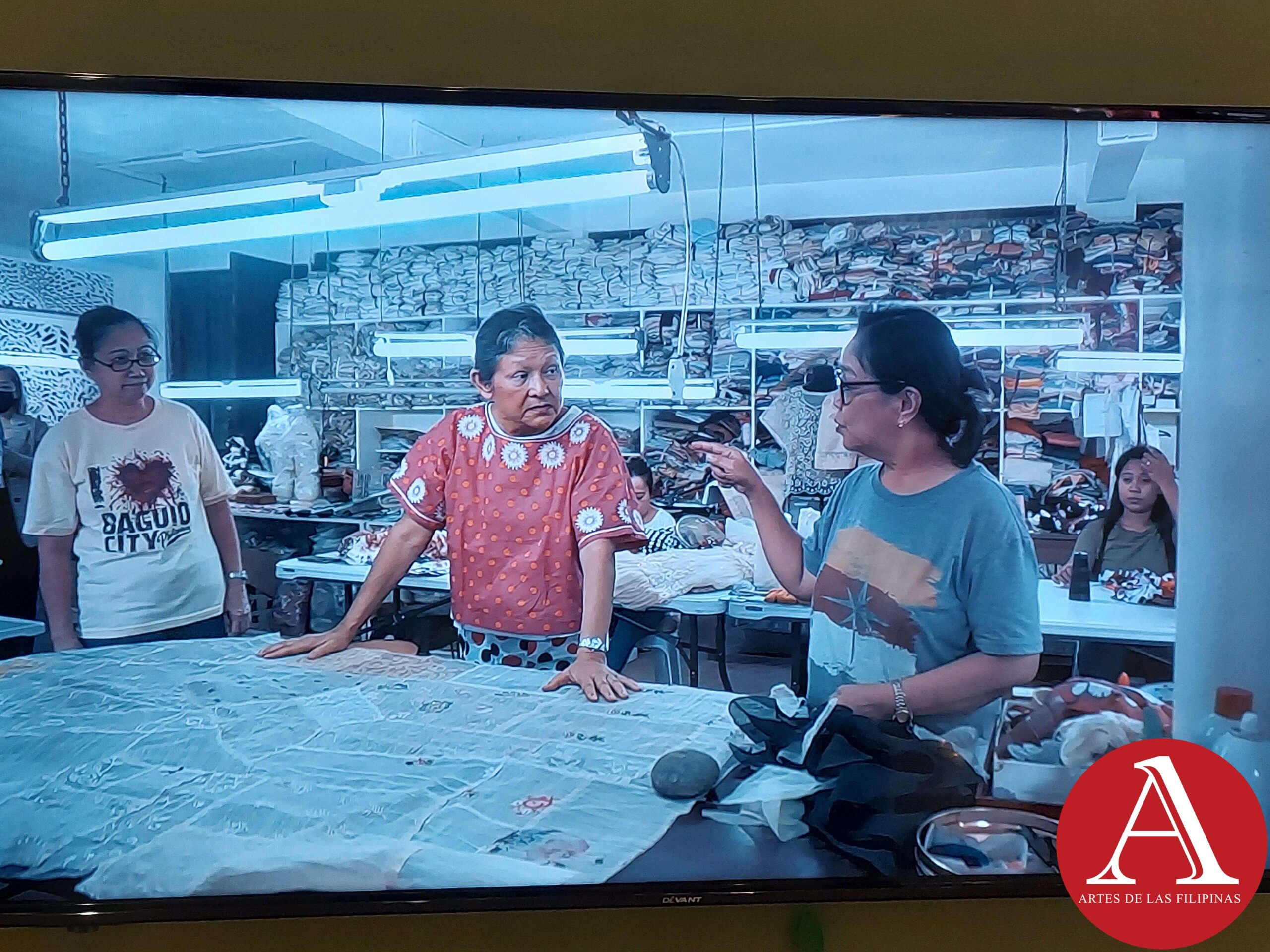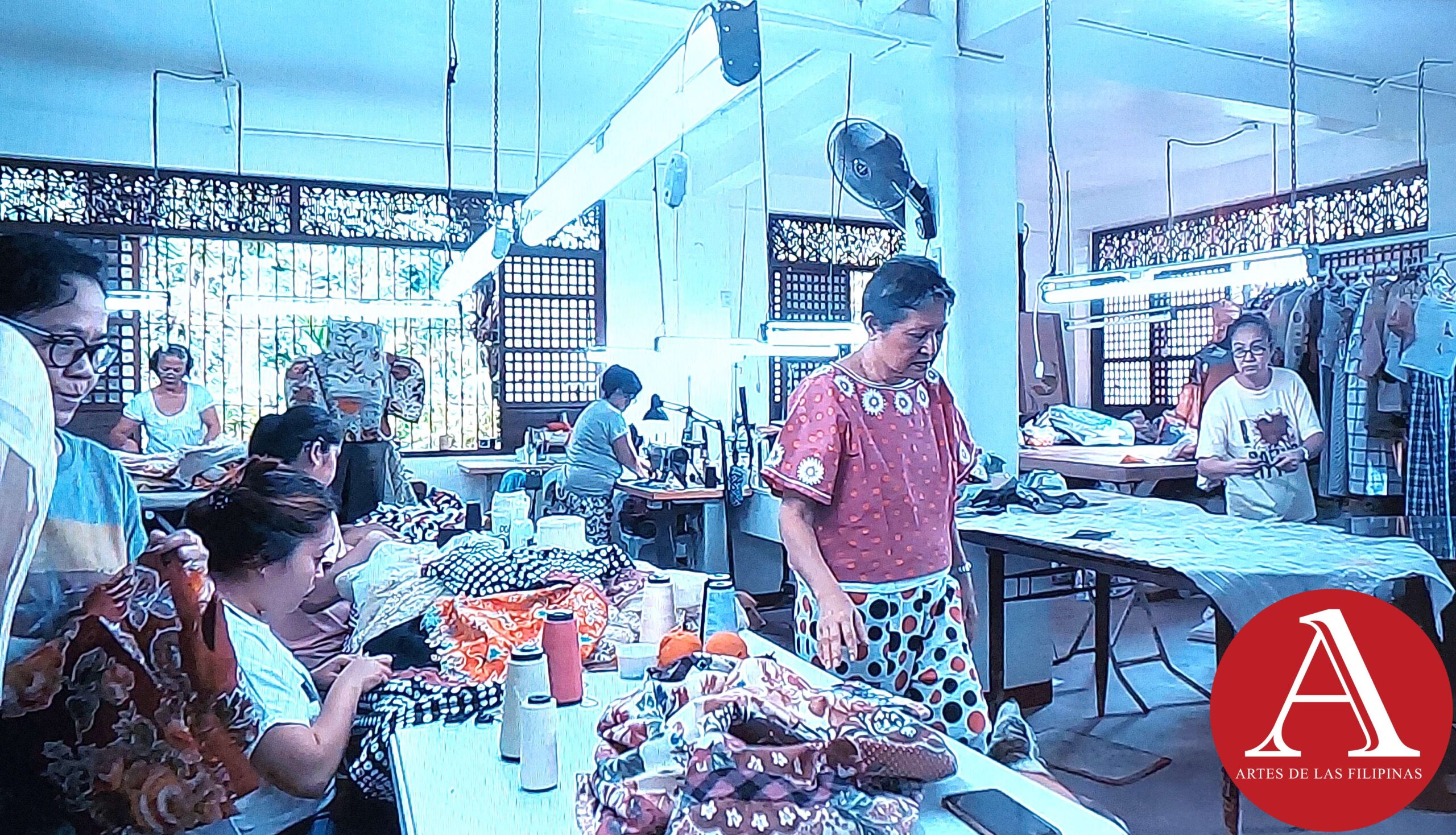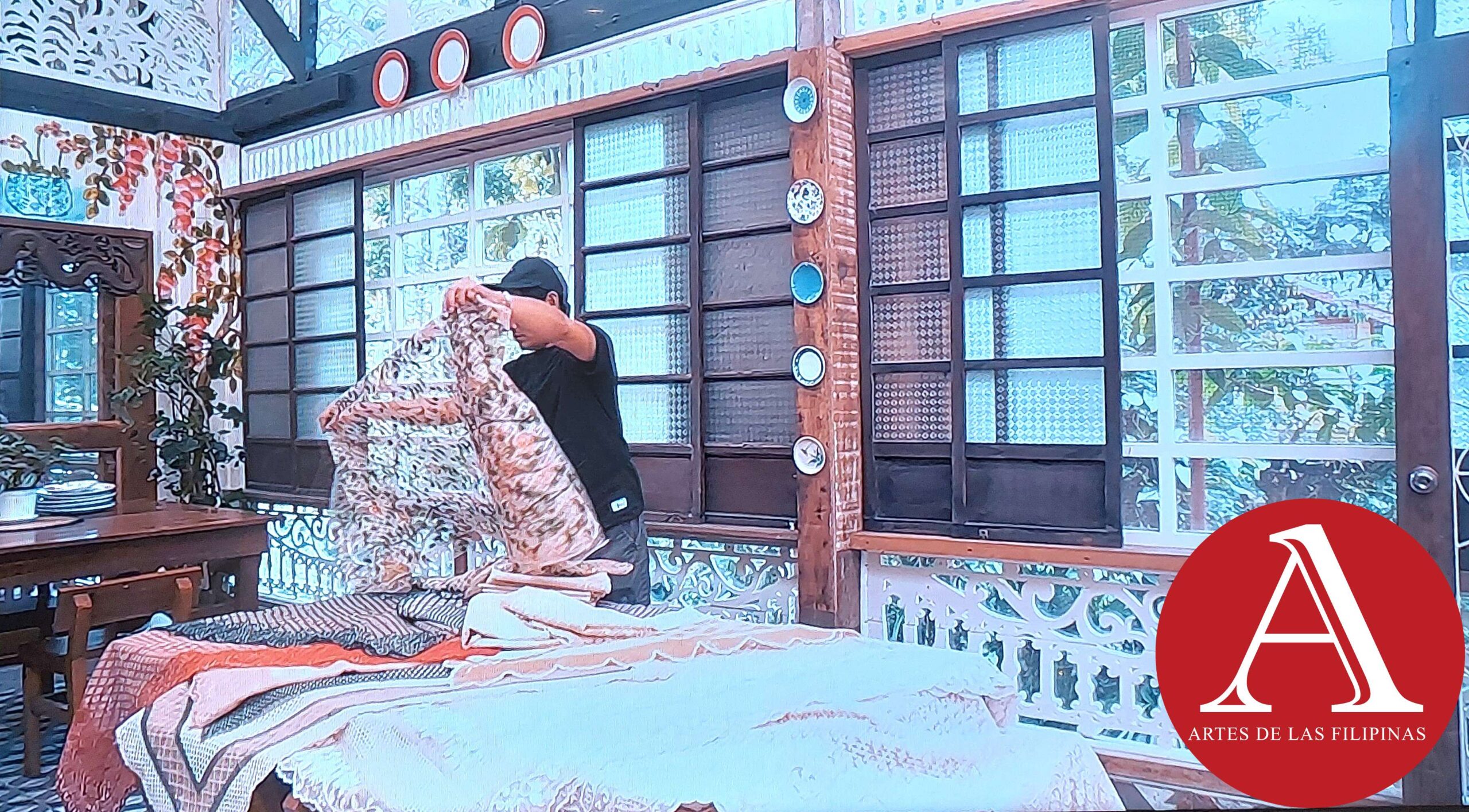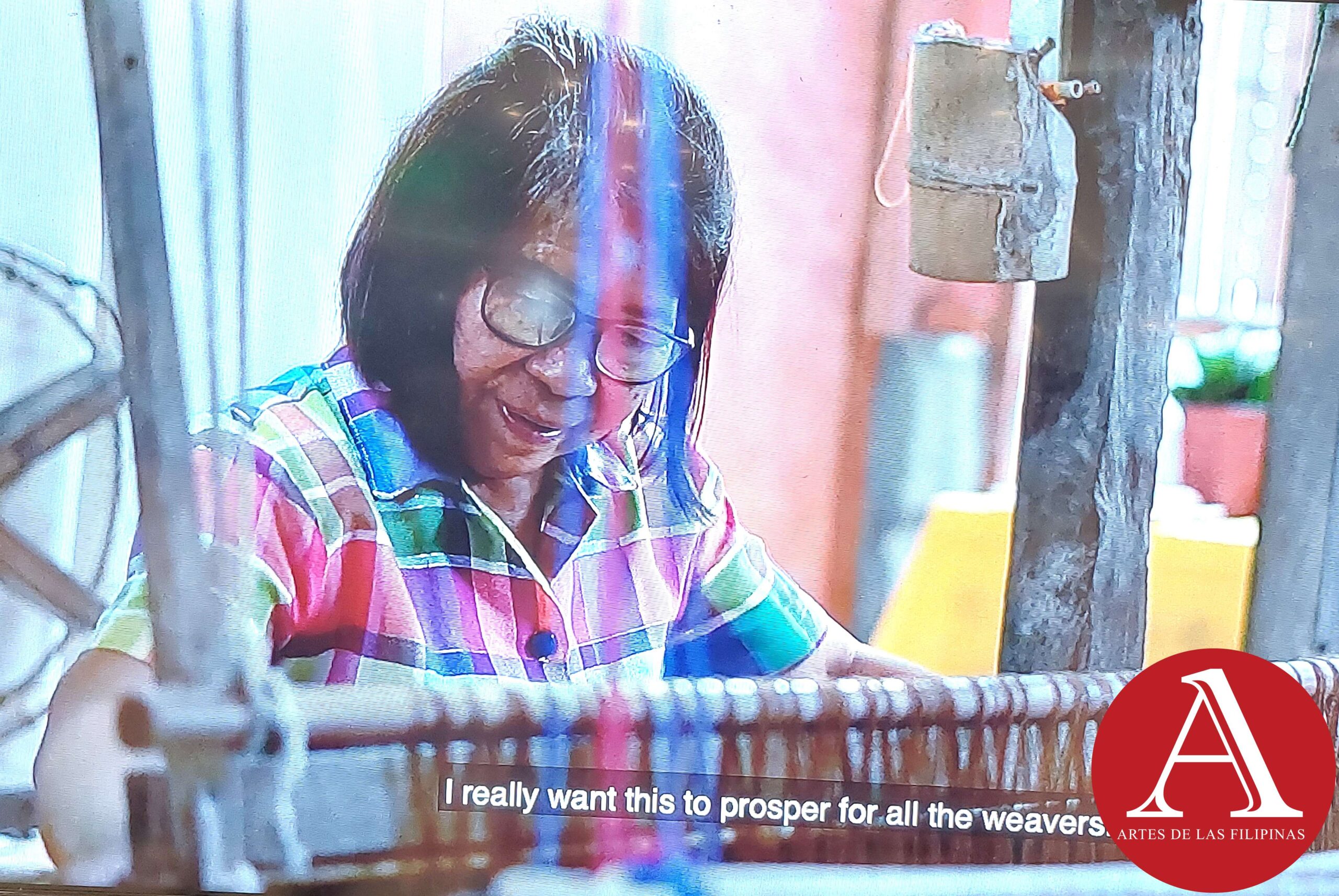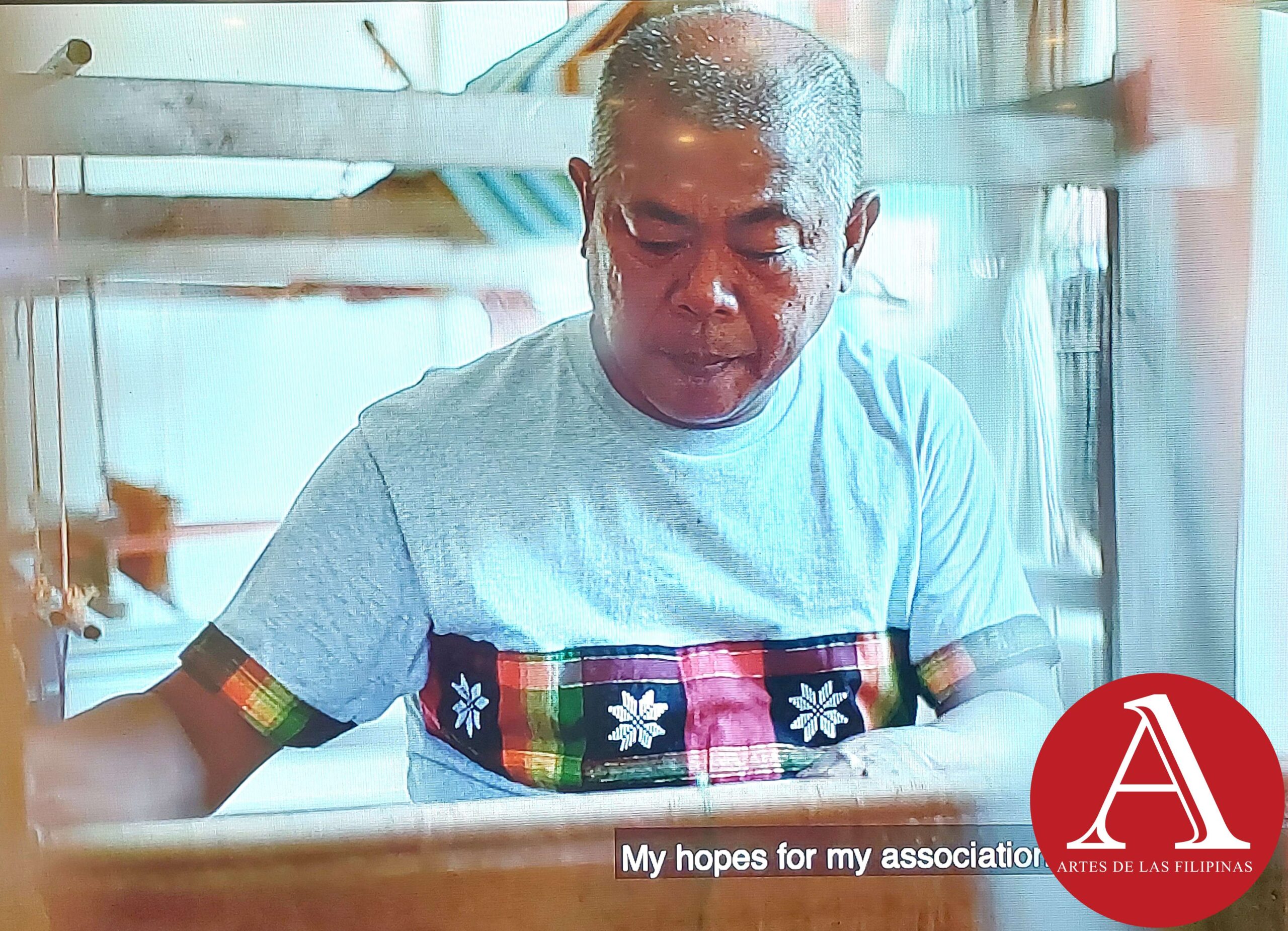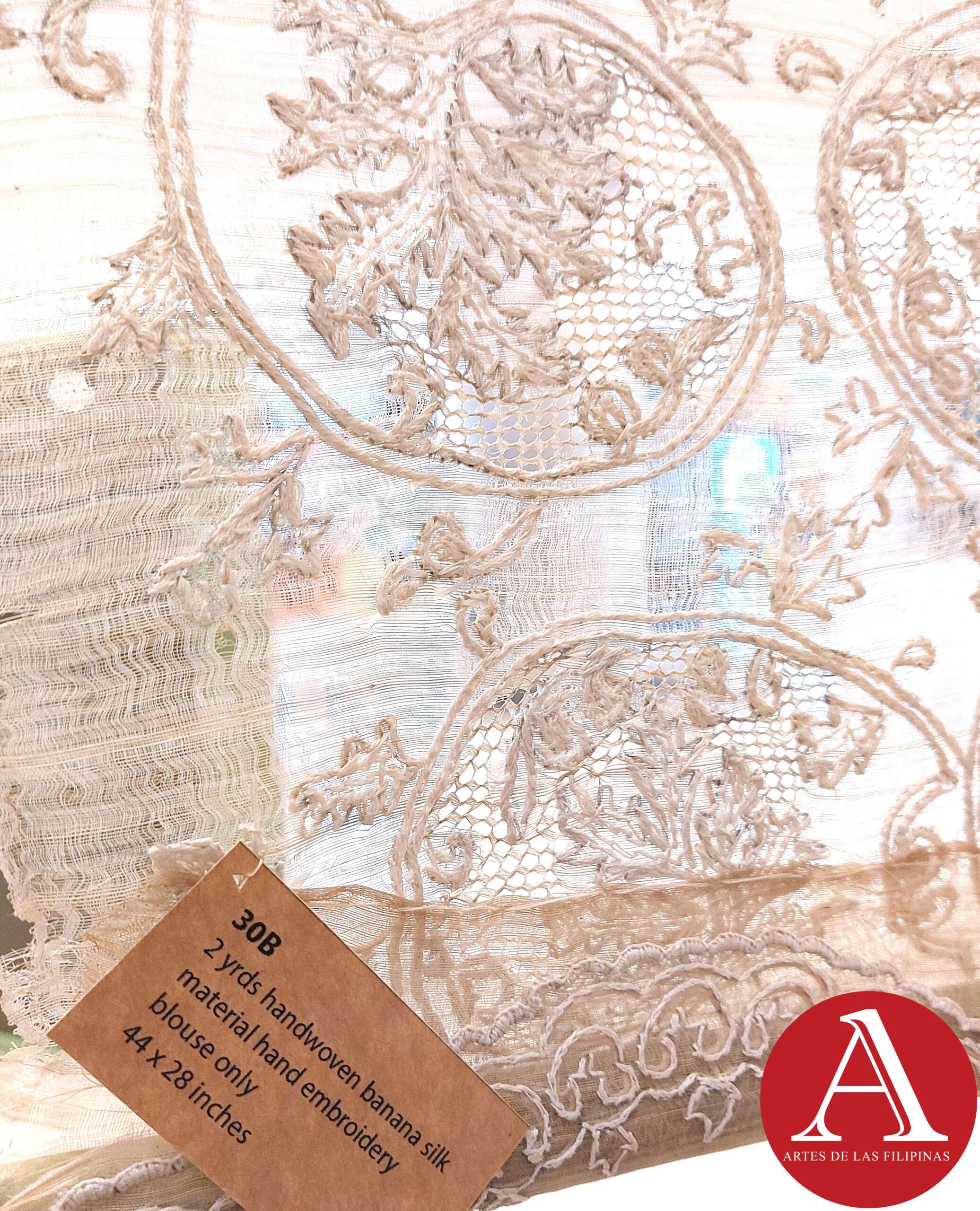
July 2022 — The exhibition explores the often-surprising history of the celebrated Philippine hand-made textiles (jusi and piña), intricate patterns and designs, as well as the thinking and creativity of Patis Tesoro in how she promotes the traditional looming techniques and supporting community-based farming initiatives to create her distinctive dyes, beadwork, embroideries, prints and weaves. Through this exhibition, Tesoro gave relevance to today’s Philippine costume design and fashion industry, strengthening further our Philippine cultural identity.
Piña – fiber form the leaves of the pineapple plant (Ananas Comosus, Merr) which are knotted from end to end, then used for fabric weaving. It also refers to the finished pineapple fabric.
Piña Abaca – A blended fabric of piña and abaca (Musa textilis, Nee) weaving yarns.
Piña Seda/ Piña Silk – A blended fabric of piña and silk weaving yarns. Generally made of silk wrap and piña weft, it was revived in the 1990s to offset the high cost of knotted piña fiber.
Calado – openwork. Two types of openwork are traditionally applied to piña fabrics: (1) pulled thread work wherein threads from the fabric are pulled together by tightened stitches to make perforations, and (2) doble calado or drawn thread work, wherein select warp and weft threads are drawn out and cut off.
Sinuksuk –A decorative technique traditionally applied to piña fabric. To create patterns, additional weft yarns (weaving fibers that run horizontally on the loom) are wound up in sticks and inserted between selected warp threads (weaving fibers that run vertically on the loom).
